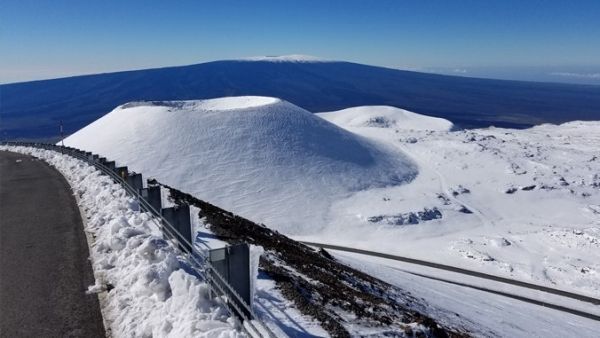Maunakea, Hawaiʻi’s tallest mountain, is one of the most revered places for many Native Hawaiians and astronomers. It’s also the only place in Hawaiʻi where you can find permafrost, a layer of ice and soil that is always frozen, commonly found in very cold regions of the world.
But the Maunakea permafrost, which may be over a thousand years old, is shrinking, possibly because of climate change. That’s according to research supported by the University of Hawaiʻi at Hilo’s Office of Maunakea Management (OMKM), which is responsible for the stewardship of the mountain.
Scientists have been gathering data over a 10-year period to determine how the permafrost formed and persisted in an otherwise warm climate and is now on the decline.
“It is surprising to find permafrost in such a warm climate,” said Norbert Schörghofer, a planetary scientist and the lead researcher on the project.
The Maunakea permafrost was first discovered in 1969 by late UH researcher Alfred Woodcock inside the craters of two cinder cones on the summit—Puʻuwēkiu and Puʻuhaukea.
Read more at University of Hawaii at Manoa
Image: Snow-capped Maunakea. CREDIT: University of Hawaii at Manoa


